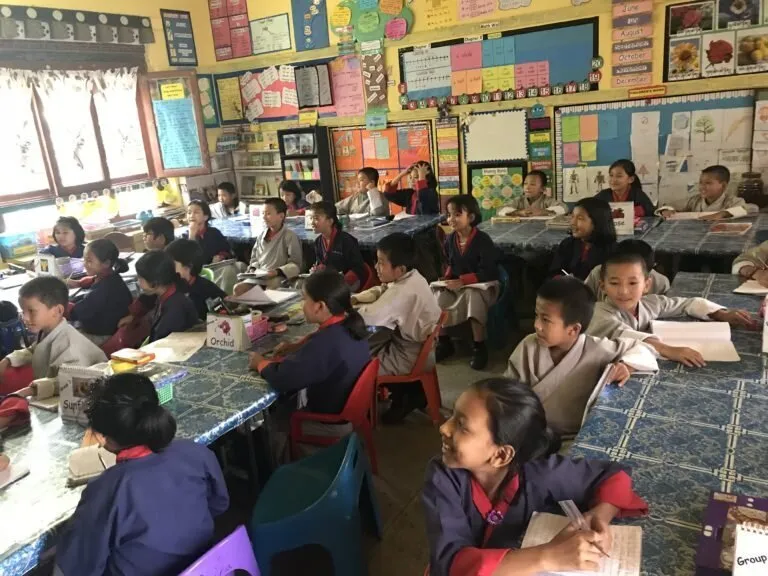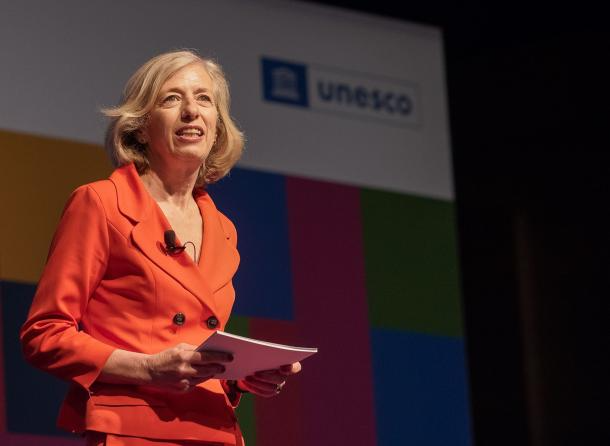
India schools adopt Bhutan model
India’s Schools Embrace Bhutan’s Education Model A Holistic Shift in Learning Philosophy
In a transformative step that could redefine the future of education across India, a growing number of Indian schools have begun adopting elements of Bhutan’s holistic education framework an approach rooted in emotional well being, environmental awareness, and moral development. Drawing inspiration from Bhutan’s internationally acclaimed philosophy of Gross National Happiness (GNH), these Indian institutions are moving beyond rote learning and academic competition to cultivate more compassionate, grounded, and mindful learners. This evolving shift comes amid growing concerns about the mental health crisis among Indian students, the overemphasis on exam performance, and the widening gap between education and real life skills.
The Bhutanese model, deeply embedded in the country’s policy framework, views education as a vehicle for nurturing "good human beings" rather than mere economic contributors. At its core, the system prioritizes values such as empathy, mindfulness, sustainable living, and community responsibility. Curriculum innovations in Bhutan include daily mindfulness sessions, environmental education woven into all subjects, and regular community service. India’s National Education Policy (NEP) 2020 had already signaled a move toward holistic development, but recent pilot programs and collaborations with Bhutanese educators have accelerated a more structured integration of GNH principles into Indian schools.
One of the first Indian states to formally experiment with the Bhutanese approach was Sikkim, which shares cultural and geographic ties with Bhutan. In 2022, the state introduced mindfulness modules, nature based curricula, and teacher training inspired by Bhutan’s Education for GNH framework. The success of the program reflected in improved classroom behavior, reduced stress levels, and enhanced academic engagement quickly caught the attention of other Himalayan and northeastern states such as Arunachal Pradesh, Meghalaya, and Ladakh. Now, educational boards in Maharashtra, Delhi, and Karnataka are exploring similar reforms, signaling a national appetite for emotionally intelligent education.
At the heart of this educational reform is the concept of “contemplative pedagogy,” which encourages reflective thinking, self awareness, and emotional regulation in both teachers and students. Schools implementing the model begin their day with silent reflection or guided breathing exercises, followed by classroom discussions on ethics, gratitude, and kindness. Instead of focusing exclusively on standard examinations, assessments now incorporate project based learning, peer collaboration, and feedback on behavioral traits such as cooperation and resilience. Teachers are trained not just in content delivery but in fostering safe, inclusive spaces where students feel seen, heard, and respected.
For many Indian educators, the transition toward Bhutan’s GNH based model is a welcome change. The Indian education system, long criticized for its emphasis on high stakes testing, memorization, and narrow definitions of success, has taken a psychological toll on students. A 2022 report by India’s National Crime Records Bureau showed a concerning rise in student suicides, with academic pressure cited as a major factor. By integrating Bhutanese educational philosophies, Indian schools hope to humanize learning environments, reduce toxic competitiveness, and cultivate emotionally balanced individuals. Teachers in pilot schools report not only calmer classrooms but also increased creativity, better peer relationships, and greater motivation among students.
Yet, implementing the Bhutan model in India a country with vast demographic diversity, educational inequality, and policy complexity is no easy task. Critics caution against romanticizing Bhutan’s model without contextual adaptation. Bhutan’s relatively small population, strong cultural coherence, and centralized governance allow for smooth integration of GNH into national policy. India, by contrast, must contend with a fragmented school system spanning public, private, rural, and urban sectors with vastly different resource bases. Nevertheless, education experts suggest that the GNH principles are flexible and scalable, provided that implementation is phased, localized, and accompanied by sustained teacher training and stakeholder engagement.
Some Indian schools are also leveraging digital tools to adapt Bhutan’s practices in ways that resonate with 21st century learners. Mindfulness apps, emotional well being trackers, and virtual community building platforms are being integrated into school routines. Parent teacher collaborations are encouraged to ensure that values taught at school are reinforced at home. In urban schools, where children often face digital overload and social isolation, the GNH model offers a grounding influence. In rural areas, it aligns with traditional community values and promotes environmental stewardship, which is particularly relevant in ecologically sensitive zones.
From a broader perspective, India’s adoption of Bhutan’s education philosophy reflects a global rethinking of what it means to educate. As the world grapples with burnout, environmental degradation, and social fragmentation, education systems are being called upon to nurture not just workers but well rounded citizens. Countries like Finland, New Zealand, and Singapore have all begun integrating socio emotional learning into their curricula. India’s embrace of Bhutan’s model places it firmly within this international movement, reaffirming that the future of education lies not in merely teaching facts, but in cultivating wisdom, compassion, and resilience.
In conclusion, India’s growing adoption of Bhutan’s holistic education model is not just a pedagogical shift it is a philosophical reorientation. At a time when the country’s youth are facing unprecedented academic, social, and emotional challenges, this approach offers a beacon of hope. While challenges in scaling, training, and standardization remain, the early results are promising. If implemented thoughtfully and inclusively, the GNH inspired model could usher in a new era of Indian education one that values the heart as much as the mind, and prepares children not just for exams, but for life itself.











